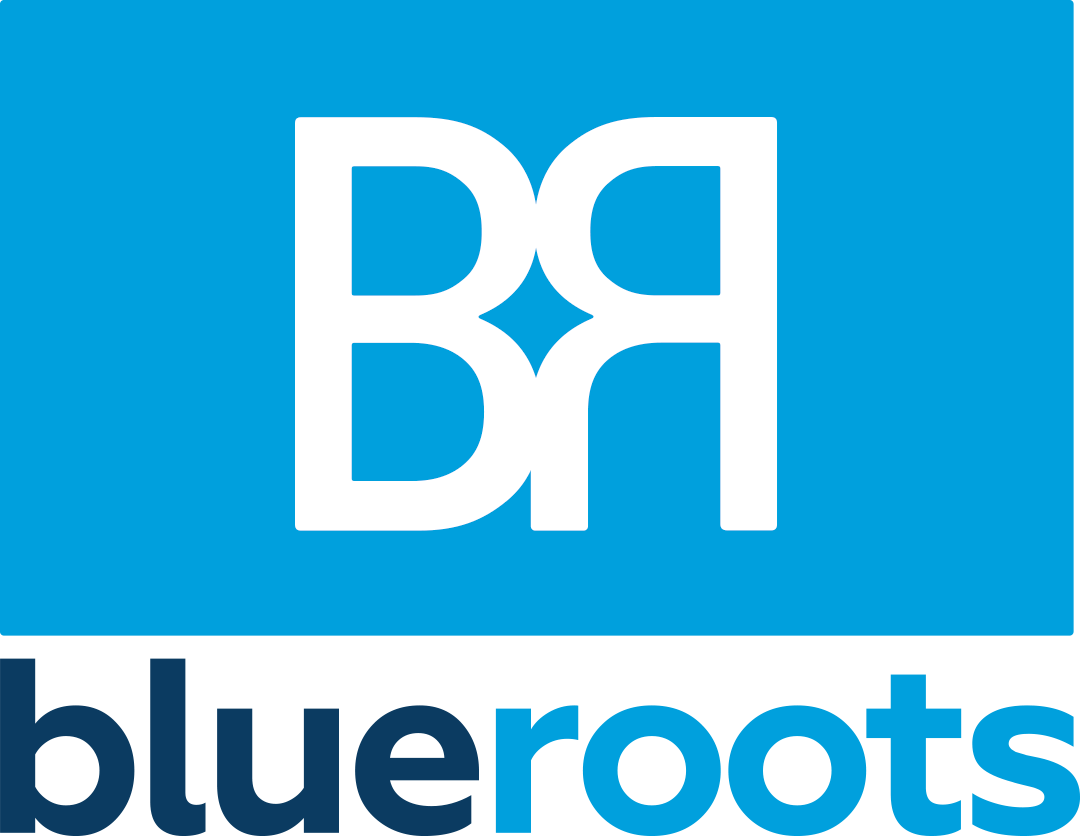Succession, or transition whatever you want to call it, is a critical aspect of family-run businesses that is often more complex in practice than in theory. It’s a process that requires careful planning, open and honest communication, and a delicate balance between business needs and family dynamics.
Most of all a family business needs a unified vision. You can’t get to where you are going unless you have a destination in mind and you are all heading in the same direction.
The background
The First Generation’s Journey
The first generation in a family business probably didn’t set out to build a family business. They may have ventured out on their own because their values didn’t align with an employer. And of course the appeal of running your own business is undeniable. You have the freedom to make your own decisions, the potential for financial success, and the satisfaction of creating something from nothing are all powerful motivators. In addition they were just very good at their craft, and it grew from there by pouring their heart and soul into building something they could be proud of. They work tirelessly, often sacrificing personal time and relationships in the pursuit of business and income success. An example is a mother who (who BTW is me) was questioned by her son about her always working. Her response was I need to go to work and make money. I still have the money he made at school and brought home to me, so that I wouldn’t have to work so much. It is still in my office, although faded beyond recognition, as a reminder of the need for balance.
This drive and desire often leads to business growth and expansion over time. The reason for going out on your own has faded just like the money that sits in my office, however that hard work and determination turned into a thriving family business.
The Role of Family in Business
Family plays a crucial role in many small businesses. Spouses, children, and other relatives often step in to help with various aspects of the business, especially when it is a new venture and money is tight. This can be a double-edged sword, however, as working with family can bring its own set of challenges, especially when it comes to succession planning when you have children working in the business and outside the business. Communication is the key to success.
The Second Generation’s Perspective
The second generation in a family business often brings a fresh perspective and new ideas. They are eager to make their mark and prove their worth. However, they often face resistance from the first generation, who may be reluctant to change their tried-and-true methods. As well it is difficult to see your kids for the adults they have become. This shortsightedness, and stubbornness can lead to tension and conflict within the business and the family. Family dinners and get-togethers can get a bit uncomfortable when everyone is not speaking or unhappy with each other. You can walk away from work, but when you work with your family it is a whole new kettle of fish.
Getting Everyone on the Same Page
The first generation in a family business figures out how they like to do things, what works for them and the clients they serve. They have honed their skill by trial and error. They have been doing it for many years and have generally not had a mentor to guide them. They have learned and adapted along the way.
Typically, when the second generation comes in, they have new ideas, lots of education and information at their fingertips. The second gen’s find themselves trying to get the first generation on board, but they’re often met with resistance along the lines of, “We do it this way because we’ve always done it this way.” Those differing approaches can become a real issue in the organization, especially if the second generation is taking on more authority in the business or bringing in or managing employees. It is complicated by the fact they are related. Family dinners still need to happen, and tension will carry over from work. How you deal with family in business is much different than a non family employee.
This can become a real pain point, and like so many, it’s rooted in assumptions and in communication. We like to say, “When you think about vision, don’t think about the Mom’s vision, or the son’s vison—think about the entire vision for the family and the business . What is the vision of everyone together?” They have to get on the same page. That doesn’t mean giving in, it means allowing everyone to be heard and doing what is best for the company and the family. Open and honest conversations will lead to everyone being on the same page. It is not easy, but it needs to be done.
Communication
To have a business carry on for future generations, one of the biggest challenges besides aligning everyone’s vision is open and honest communication. This is key to resolving conflicts and ensuring growth and smooth transition. It’s important for all family members to feel heard and valued, and for the business to adapt and evolve in a way that respects both the traditions of the first generation and the innovations of the second. Again, easier said than done. However, it can be done if everyone is open to it, generally with he help of a third party facilitator to lead the discussions and keep they moving forward,
Conclusion
Navigating succession in a family business is no easy task. It requires a delicate balance of respect for tradition and openness to change. But with careful planning, open communication, and a shared vision, it’s a journey that can strengthen both the business and the family bonds.
